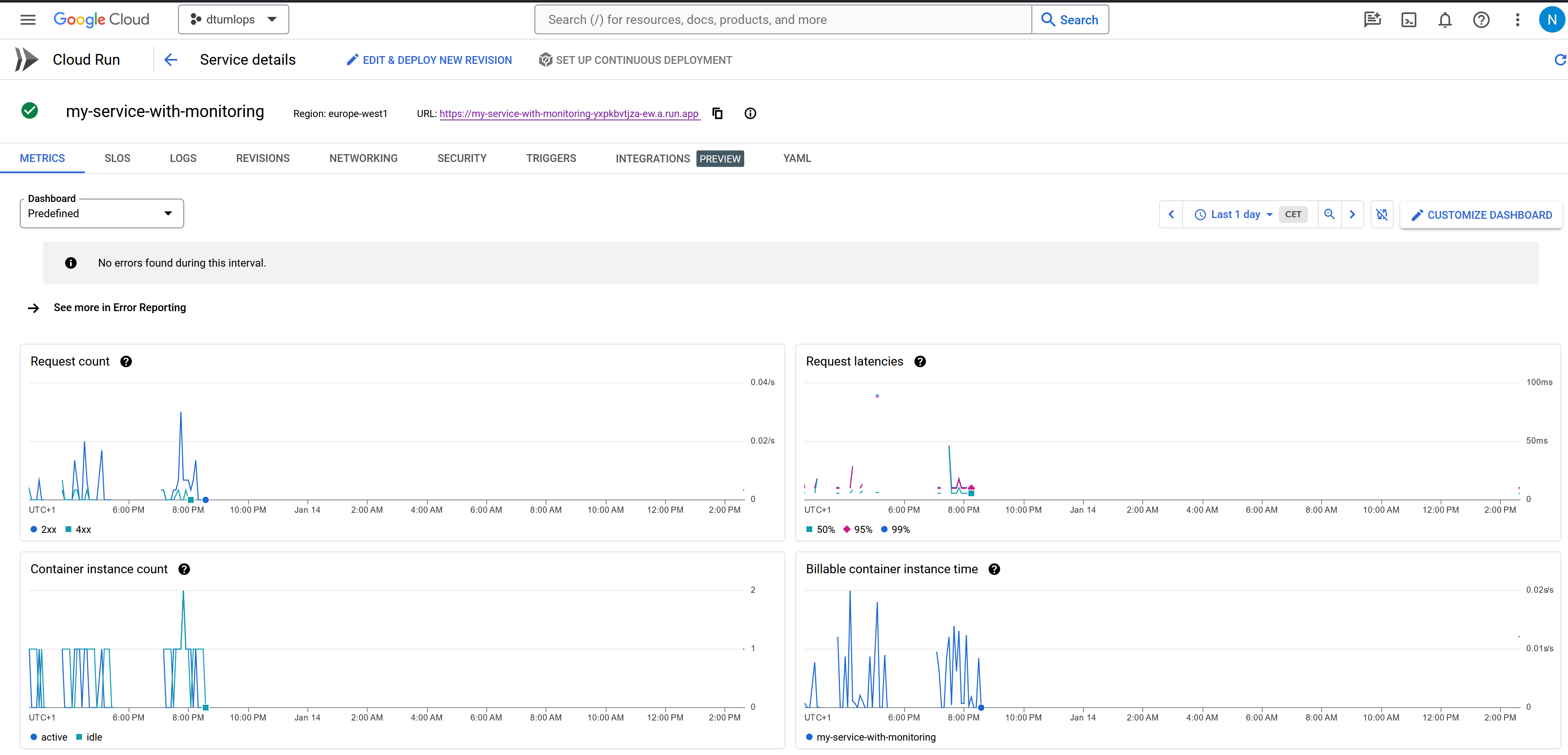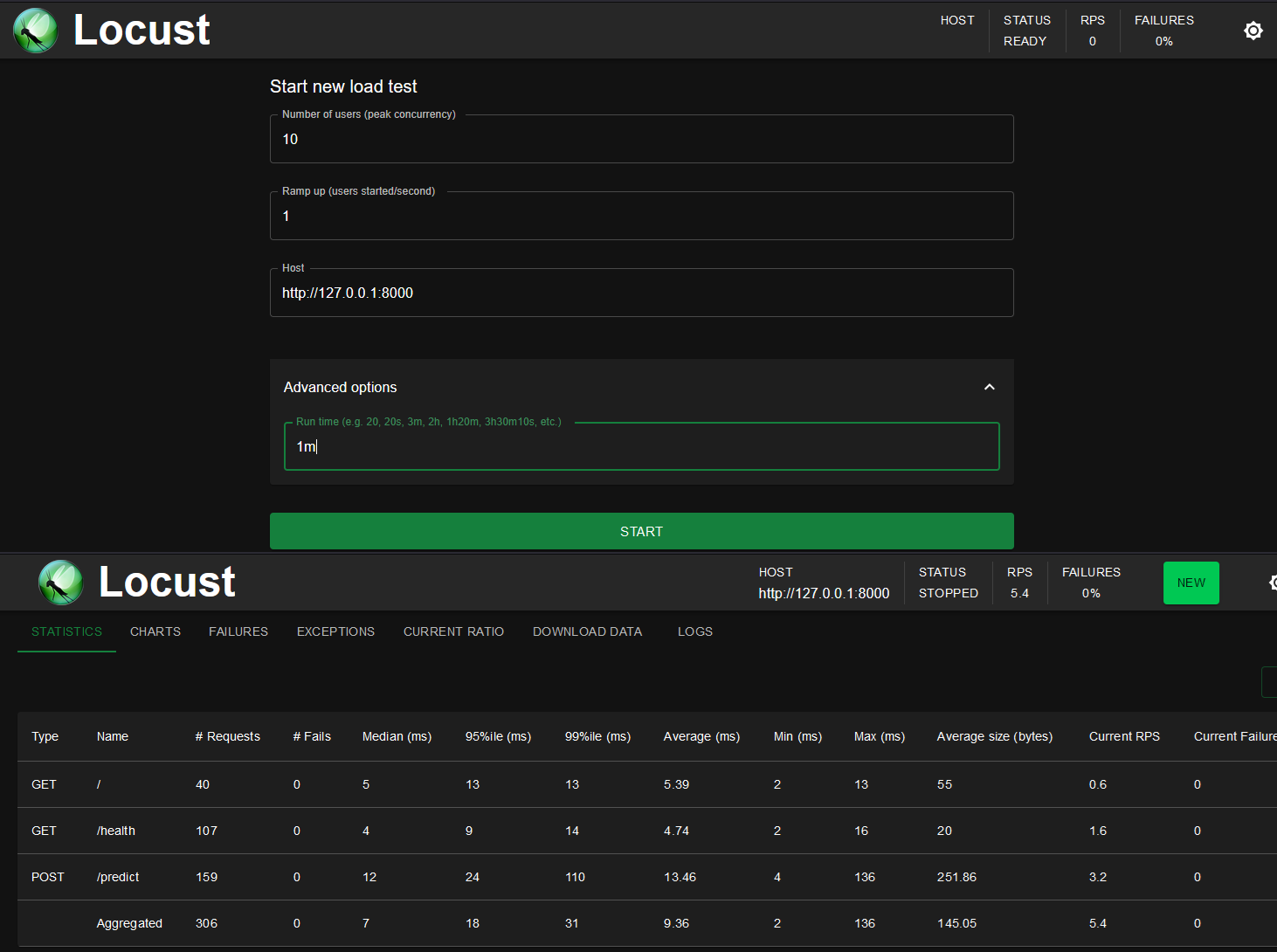API testing
Core Module
API testing, similar to unit testing, is a type of software testing that involves testing the application programming interface (API) directly to ensure it meets requirements for functionality, reliability, performance, and security. The core difference from the unit testing we have been implementing until now is that instead of testing the individual functions, we are testing the entire API as a whole. API testing is therefore a form of integration testing. Additionally, another difference is that we need to simulate API calls that should be as similar as possible to the ones that will be made by the users of the API.
There are in general two things that we want to test when working with APIs:
- Does the API work as intended? E.g. for a given input, does it return the expected output?
- Can the API handle the expected load? E.g. if we send 1,000 requests per second, does it crash?
In this module, we go over how to do each of them.
Testing for functionality
Similar to when we wrote unit tests for our code back in this module, we
can also write tests for our API that check that our code does what it is supposed to do, e.g., by using
assert statements. As always we recommend implementing the tests in a separate folder called tests, but
we recommend that you add further subfolders to separate the different types of tests. For example, for the type
of machine learning projects and APIs we have been working with in this course:
my_project
|-- src/
| | <project-name>/
| | |-- train.py
| | |-- data.py
| | |-- api.py
|-- tests/
| |-- unittests/
| | |-- test_train.py
| | |-- test_data.py
| |-- integrationtests/
| | |-- test_apis.py
❔ Exercises
In these exercises, we are going to assume that we want to test an API written in FastAPI (see this module). If the API is written in a different framework then how to write the tests may have to change.
-
Start by installing httpx which is the client we are going to use during testing:
Remember to add it to your
requirements.txtfile. -
If you have already done the module on unittesting then you should already have a
tests/folder. If not then create one. Inside thetests/folder create a new folder calledintegrationtests/. Inside theintegrationtests/folder create a file calledtest_apis.pyand write the following code:from fastapi.testclient import TestClient from <project-name>.api import app client = TestClient(app)This code will create a client that can be used to send requests to the API. The
appvariable is the FastAPI application that we want to test. -
Now, you can write tests that check that the API works as intended, much like you would write unit tests. For example, if you have a root endpoint that just returns a simple welcome message you could write a test like this:
def test_read_root(model): response = client.get("/") assert response.status_code == 200 assert response.json() == {"message": "Welcome to the MNIST model inference API!"}Make sure to always
assertthat the status code is what you expect and that the response is what you expect. Add such tests for all the endpoints in your API.Application with lifespans
If you have an application with lifespan events, i.e. you have implemented the
lifespanfunction in your FastAPI application, you need to instead use theTestClientin awithstatement. This is because theTestClientwill close the connection to the application after the test is done. Here is an example: -
To run the tests, you can use the following command:
Make sure that all your tests pass.
Load testing
The next type of testing we are going to implement for our application is load testing, which is a kind of performance testing. The goal of load testing is to determine how an application behaves under both normal and peak conditions. The purpose is to identify the maximum operating capacity of an application as well as any bottlenecks and to determine which element is causing degradation.
Before we get started on the exercises we recommend that you start by defining an environment variable that contains the endpoint of your API, i.e., we need the API running to be able to test it. To begin with, you can just run the API locally, thus in a terminal window run the following command:
By default the API will run on http://localhost:8000 which we can then define as an environment variable:
However, the end goal is to test an API you have deployed in the cloud. If you have used Google Cloud Run to deploy your API then you can get the endpoint by going to the UI and looking at the service details:
However, we can also use the gcloud command to get the endpoint:
where you need to define <name> and <region> with the name of your service and the region it is deployed in.
❔ Exercises
For the exercises, we are going to use the locust framework for load testing (the name is a reference to a locust being a swarm of bugs invading your application). It is a Python framework that allows you to write tests that simulate many users interacting with your application. It is very easy to get started with and it is very easy to integrate into your CI/CD pipeline.
-
Install
locustRemember to add it to your
requirements.txtfile. -
Make sure you have written an API that you can test. Otherwise you can for simplicity just use this simple example:
Simple hallo world Fastapi example
-
Add a new folder to your
tests/folder calledperformancetestsand inside it create a file calledlocustfile.py. To that file, you need to add the appropriate code to simulate the users that you want to test. You can read more about how to write alocustfile.pyhere.Solution
Here we provide a solution to the above simple example:
-
Then try to run the
locustcommand:and then navigate to http://localhost:8089 in your web browser. You should see a page that looks similar to the top of this figure.
You can here define the number of users you want to simulate and how many users you want to spawn per second. Finally, you can define which endpoint you want to test. When you are ready you can press
Start.Afterward, you should see the results of the test in the web browser. Answer the following questions:
- What is the average response time of your API?
- What is the 99th percentile response time of your API?
- How many requests per second can your API handle?
-
Maybe of more use to us is running locust in the terminal. To do this you can run the following command:
This will run the test with 10 users that are spawned at a rate of 1 per second for 1 minute.
-
(Optional) A good use case for load testing in our case is to test that our API can handle a load right after it has been deployed. To do this we need to add appropriate steps to our CI/CD pipeline. Try adding locust to an existing or new workflow file in your
.github/workflows/folder, such that it runs after the deployment step.Solution
The solution here expects that a service called
production-modelhas been deployed to Google Cloud Run. Then the following steps can be added to a workflow file, to first authenticate with Google Cloud, extract the relevant URL, and then run the load test:- name: Auth with GCP uses: google-github-actions/auth@v2 with: credentials_json: ${{ secrets.GCP_SA_KEY }} - name: Set up Cloud SDK uses: google-github-actions/setup-gcloud@v2 - name: Extract deployed model URL run: | DEPLOYED_MODEL_URL=$(gcloud run services describe production-model \ --region=europe-west1 \ --format='value(status.url)') echo "DEPLOYED_MODEL_URL=$DEPLOYED_MODEL_URL" >> $GITHUB_ENV - name: Run load test on deployed model env: DEPLOYED_MODEL_URL: ${{ env.DEPLOYED_MODEL_URL }} run: | locust -f tests/performancetests/locustfile.py \ --headless -u 100 -r 10 --run-time 10m --host=$DEPLOYED_MODEL_URL --csv=/locust/results - name: Upload locust results uses: actions/upload-artifact@v4 with: name: locust-results path: /locustThe results can then be downloaded from the artifacts tab in the GitHub UI.
🧠 Knowledge check
-
In the
locustframework, what does the@taskdecorator do and what does@task(3)mean?Solution
The
@taskdecorator is used to define a task that a user can perform. The@task(3)decorator is used to define a task that a user can perform that is three times more likely to be performed than the other tasks. -
In the
locustframework, what does thewait_timeattribute do? -
Load testing can give numbers on average response time, 99th percentile response time, and requests per second. What do these numbers tell us about the user experience of the API?
Solution
The average response time and 99th percentile response time are both measures of how "snappy" the API feels to the user. While the average response time is normally considered the most important, the 99th percentile response time is also important as it tells us if there is a small number of users that are experiencing a very slow response time. The requests per second tells us how many users the API can handle at the same time. If this number is too low it can lead to users experiencing slow response times and may indicate that something is wrong with the API.

